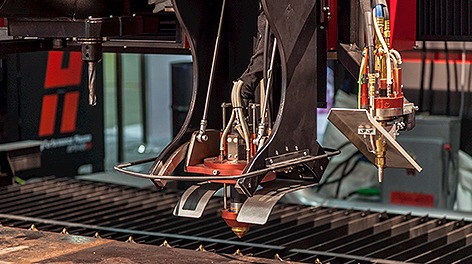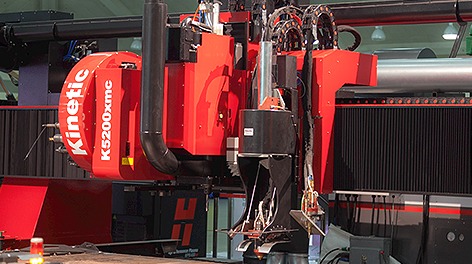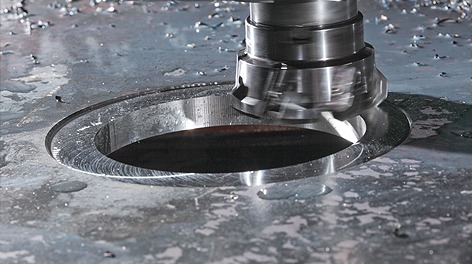PRIMECUTNE VERSION 4.5.348 RELEASE NOTES
SUMMARY
- Automatic Skeleton Breakup
- Automatic Trapdooring of Parts
- More consistent Color coding of Notes (Plate, Part, Job, Item) – see Guide to Notes
- “Geometry Defines top Path” is now supported for simple and ESAB bevel types
- Open Cuts can now be shortened at either end
AUTOMATIC SKELETON BREAKUP
Skeletons can now be cropped automatically. Note that plate movement due to heat and/or release of internal plate stress during cutting may render automatic or programmed skeleton breakup ineffective.
This is applied during sequencing and a number of options are available to help control it.
See Auto Breakup of Skeletons in PrimeCut NE Usage Notes for more details.
AUTOMATIC TRAPDOORING OF PARTS
In the sequencing editor, Optimize Order now has the ability to automatically insert trapdoor drops into the sequence as appropriate. On the main tab of the Optimize options dialog there is now a checkbox called Auto Trapdoor Parts, and if checked an additional Trapdoor options tab appears with the following settings:
TRAPDOOR FREQUENCY
- Trapdoor Every Drop This adds trapdoors after every cut, whether internal or external, if they are big enough- see Min Droppable Width below.
- Trapdoor Each Part This drops after each part completes, ie usually after each closed external cut. If clusters have been used, a single trapdoor is placed at the end of the cluster. Trapdoor drops are only placed if the parts fit within the trapdoor aperture.
- Trapdoor Each Group/Zone Trapdoors are placed at the end of each group or zone, if there are parts completed within the zone and if all these parts fit within the trapdoor aperture.
MIN DROPPABLE WIDTH
This affects Trapdoor Every Drop only, and sets the minimum width of an internal cutout for which a trapdoor drop will be inserted.
A Show Trapdoors option as been added to show/hide trapdoors from the graphical display.
SHORTENING OF OPEN CUTS
Open cuts (those with distinct start and end points) can now be shortened using the Shrink Start By and Shrink End By properties. This can be particularly useful when tagging parts into the plate, if the tags were created too small, then can be effectively increased by shrinking the ends of the adjacent cut sections.




